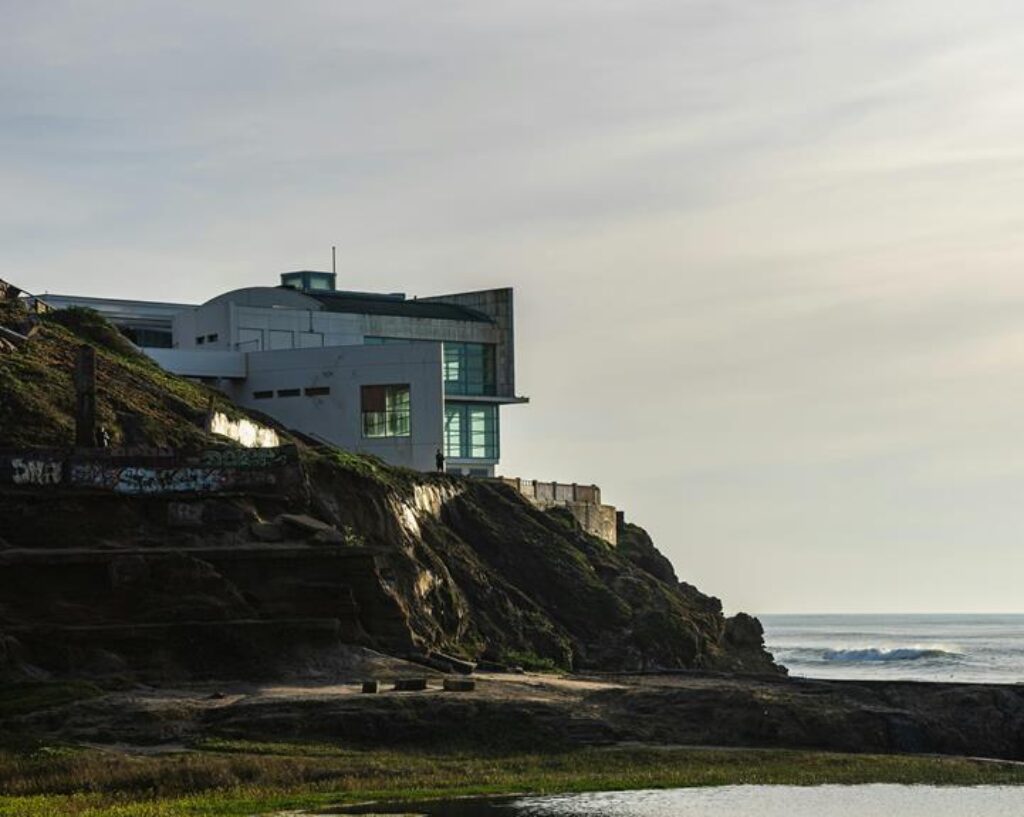
When stepping into the realm of outdoor portrait photography in nature, your canvas expands beyond mere landscapes. The interplay of light and shadow can transform an ordinary scene into a masterpiece, elevating your portraits to new heights. As you navigate the nuances of outdoor settings, consider how each element contributes to the narrative of your subject. Understanding the artistry behind melding human forms with the natural world opens a realm of possibilities, where every click of the shutter unveils a story waiting to be told.
Choosing the Ideal Location
When selecting the perfect location for your outdoor portrait photography session, consider the natural lighting and backdrop to enhance your subject. The right location can make a significant difference in the quality of your photos. Look for spots with soft, diffused lighting to avoid harsh shadows on your subject’s face. Morning and late afternoon are ideal times for this type of lighting.
In addition to lighting, pay attention to the backdrop of your photos. Choose locations with visually appealing backgrounds that complement your subject without being distracting. Scenic views, textured walls, or lush greenery can all make for beautiful backdrops in your portraits.
Consider the overall mood and atmosphere you want to convey in your photos when selecting a location. For a romantic feel, a sunset on the beach might be perfect. For a more urban and edgy look, a graffiti-covered alley could work well. The location sets the stage for your portraits, so choose wisely to create stunning outdoor photography.
Harnessing Natural Light
To make the most of your outdoor portrait photography, master the art of capturing the beauty of your subject by utilizing the natural light available. Natural light can enhance your portraits in ways artificial lighting can’t match.
Early morning and late afternoon are ideal times for outdoor photography as the sunlight is softer, creating a warm and flattering glow on your subject. Avoid harsh midday sun that can cause unflattering shadows and squinting eyes. Seek out shaded areas or use a diffuser to soften the light if shooting during midday.
Experiment with different angles to see how the natural light falls on your subject. Backlighting can create a beautiful halo effect, while side lighting can add depth and dimension to your portraits. Don’t be afraid to move around and try different positions to find the most flattering light.
Incorporating Nature’s Elements
Mastering the art of outdoor portrait photography also involves skillfully incorporating nature’s elements to enhance the visual appeal of your subjects. When shooting outdoors, consider using elements like trees, flowers, water bodies, or even rocks to create a more dynamic and visually interesting composition.
For instance, framing your subject with overhanging branches can add a natural frame to your shot, drawing the viewer’s eye towards the main focus of the portrait.
Additionally, you can play with the natural colors and textures of the environment to complement your subject. For example, placing a subject wearing earthy tones against a backdrop of vibrant green foliage can create a striking contrast that makes the subject pop. Experiment with different angles and perspectives to find the most flattering combination of nature’s elements to enhance your outdoor portraits.
Remember to keep the focus on your subject while incorporating these elements, ensuring they complement and not overpower the main subject of your portrait. By mastering the art of incorporating nature’s elements, you can elevate your outdoor portrait photography to new heights.
Posing and Directing Subjects
Enhance the visual impact of your outdoor portraits by skillfully directing and posing your subjects. When directing your subjects, communicate clearly and offer guidance on how they should position themselves. Encourage natural and relaxed poses that reflect the mood you want to convey in the photograph. For instance, suggest actions like walking, looking off into the distance, or interacting with the surroundings to create dynamic and engaging compositions.
Pay attention to body language and facial expressions to capture authentic emotions. Guide your subjects on where to place their hands, how to position their bodies, and where to direct their gaze to achieve a harmonious composition. Experiment with different angles and perspectives to find the most flattering poses that highlight your subject’s best features.
Remember that communication is key when directing subjects. Offer positive feedback and make them feel comfortable and confident throughout the photoshoot. By skillfully posing and directing your subjects, you can create captivating outdoor portraits that truly capture the essence of your subjects in nature.
Camping














